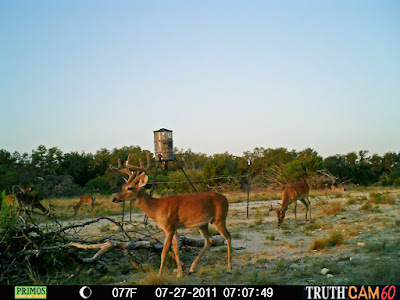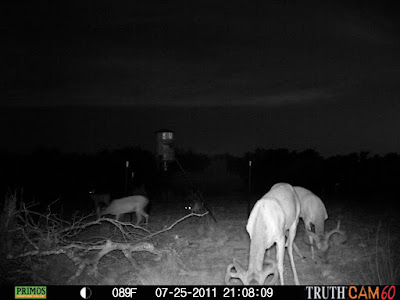 The Den of Blogniquity at MBS
The Den of Blogniquity at MBSThis fall's Midwest Birding Symposium has given me tons of reasons to be excited, but one of them is our line-up of official bloggers. These men and women have already been writing about the MBS prior to the event, but during the weekend they will spend part of their time in the Den of Blogniquity. What is the Den of Blogniquity, well, it's like a giant comfy bloggers' cave with all the comforts of home, including WiFi and a large projection screen streaming all the updates from our band of bloggers and other MBS attendees. This is going to be pretty cool!
Oh, and you can join the bloggers inside the Den of Blogniquity, or you can stand outside the large windows of Wesley Lodge (location of the DOB) and watch them through the safety glass—like some rare species at the zoo.
 West Virginia Fall Birding Weekend
West Virginia Fall Birding WeekendMy pals who run the New River Birding Festival have put together a fall birding event that's smaller and more personalized than their May gathering (which is an annual favorite of mine). I'm one of the leaders for this weekend, which is limited to 12 people. West Virginia is always beautiful, but we'll spend much of our time searching for migrant raptors in the sky and looking for migrant warblers in the fall foliage. Details are here. Nothing but fun.

The Big Sit!
Late on the night of Saturday, October 8, I'll be racing back north from the New River to my farm in southeastern Ohio for our annual Big Sit on Sunday, October 9! The Big Sit has been called many things, including "the world's most sedentary birding event", and "a tailgate party for bird watchers." A big mess of our birding pals (and even some folks who don't know it yet that they are birders) will come by the farm and join us in the Indigo Hill birding tower for The Big Sit. Basically we stay in the tower for as much of 24 hours as we can stand and have fun watching birds—trying to rack up a big list. Many comestibles are consumed and there is much jocularity in the crisp autumn air.
You can have your own Big Sit. Here's a link for the inside dope on The Big Sit! (which is a registered trademark of the New Haven Bird Club, in case you were wondering).

The NEW Young Birder's Guide to Birds of North America
My next book, due out early next spring (late March/early April), is actually an expanded version of a previous book. The Young Birder's Guide to Birds of North America has 100+ western bird species incorporated into the 200+ species that the original Young Birder's Guide to Birds of Eastern North America had. The result is a book that (I hope) will turn young people on to the beauty, joy, and utter ossumness of birds. This is the book I wish I'd had when I started watching birds in Iowa in the late 1960s, but I'm as thrilled as can be that it's here now and that I get to share my love of birds with others in this way.
It's going to be 320 pages of fun and it will cost just $15.95. Now, you can order it from Amazon.com et al and save a few bucks maybe. OR you can pre-order it from us at Bird Watcher's Digest and I can add a personalized autograph for the young birder in your life. To pre-order, call us at 800-879-2473 and ask for Susie.
=-=-=-=-=-=-=-=-=
I could keep going on and on about other things I'm revved up for, but I'd better stop now. I just saw a migrant warbler shoot by the door here at my home office, reminding me that it's time to get outside for some bird watching.




















































